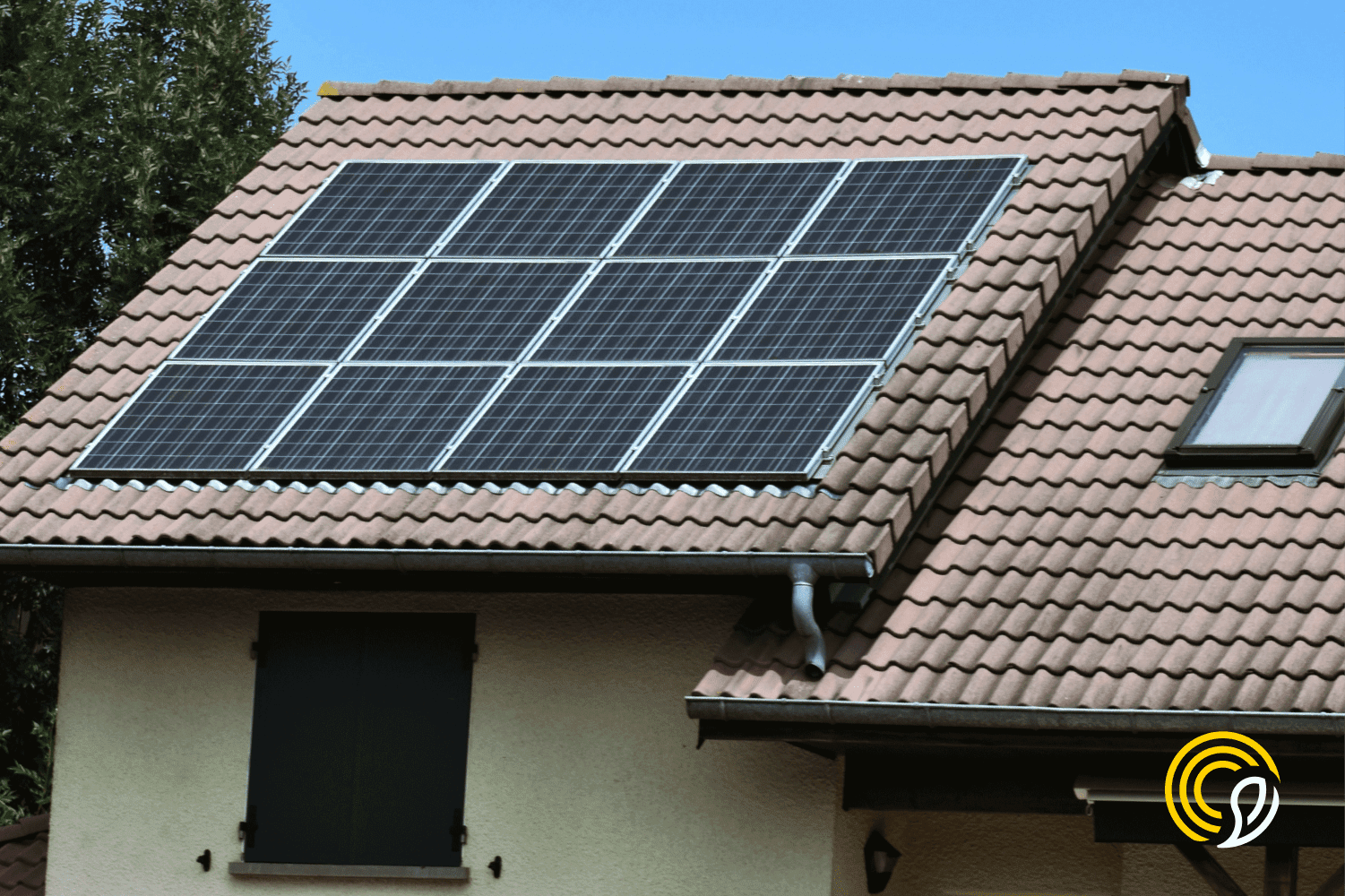
Tilting of solar panels
Claudia Pardo
3 min read
ÍNDICE
When building a photovoltaic installation, it is important to analyse different factors in order to maximise the efficiency of the solar panels and obtain the highest solar energy production. One of the most important points to consider is the tilt of the solar panels.
This angle determines how the sun’s rays strike the surface of the panels throughout the day and during the different seasons of the year. An optimal tilt ensures that the solar panels receive the maximum amount of direct solar irradiation possible, which is essential for efficient energy production.
Key factors in the tilting of solar panels
We talked about the inclination of the solar panels being one of the most important points to ensure good production, but how can we know which inclination they should have? These are the key factors for determining the optimum tilt for solar panels.
- The location: the location of the house is one of the variables to take into account before installing a photovoltaic system. The location will help us to know the maximum and minimum height of the sun. In other words, the latitude in both summer and winter.
- Orientation: The optimal orientation for solar panels is south, with an azimuthal angle of 180 degrees. With this orientation, a longer solar exposure during the day is achieved, which results in an increase in the efficiency of the PV system. However, it is important to mention that the other orientations, with the sole exception of the north orientation, can also give good production results.
- The tilt: In terms of optimisation, the optimal tilt is the one that corresponds to the latitude of the location of the installation.
Although it is true that we must be concise when calculating it, broadly speaking we can say that in our country it is usually around 30 degrees.
What is the optimum inclination of solar panels?
In Spain, the optimum tilt for the installation of solar panels is generally in the range of 20 to 40 degrees, with 30 degrees being the most common angle. This range is due to the geographical position of Spain, located in the northern hemisphere, where the tilt of the panels must be adjusted to efficiently capture solar radiation, which comes from the south.
On the other hand, an important factor to take into account when determining the tilt is the wind speed. This is why, although the optimum calculation of the inclination is the latitude, it is often decided to leave a maximum of 15° to avoid the sail effect causing the panels to detach from the structure.
In addition to the degrees themselves, other details must be taken into account, such as the types of inclination depending on the time or season of the year. This is because not all of them will have the same electricity consumption, for example:
- The inclination for higher consumption during the summer months.
- The neutral tilt.
- The inclination for a higher consumption but in the winter months.
Solar panel tilt calculator
If you want to calculate the inclination of the plates in summer you have to follow the following rule: the degrees of latitude are multiplied by 0.9 – 23.5º. Subtract 15º from the latitude. On the other hand, to calculate the inclination of the plates in winter, we multiply the degrees of latitude by 0.9 + 29 degrees. We add 15º to the latitude.
How an incorrect tilt affects
Incorrect solar panel tilt can have a negative impact on the performance and efficiency of a photovoltaic installation. Optimising the tilt angle is crucial to maximise solar energy collection.
Tilt less than 15 degrees: A tilt less than 15 degrees facilitates the accumulation of dust, leaves, and especially rain or snow water, which can significantly reduce the efficiency of the solar panels. In addition, dirt can block sunlight, decreasing energy production.
Tilt greater than 30 degrees: When the tilt of the PV panels exceeds 30 degrees, it can affect the stability of the PV installation, especially in areas prone to strong winds. This risk of instability is due to the fact that as the tilt angle increases, the panel surface has a larger area of exposure to the wind. As a result, the panels can act as sails generating additional forces on the mounting and anchoring structures.
Start today!
Fill out our free solar calculator and get a custom quotation